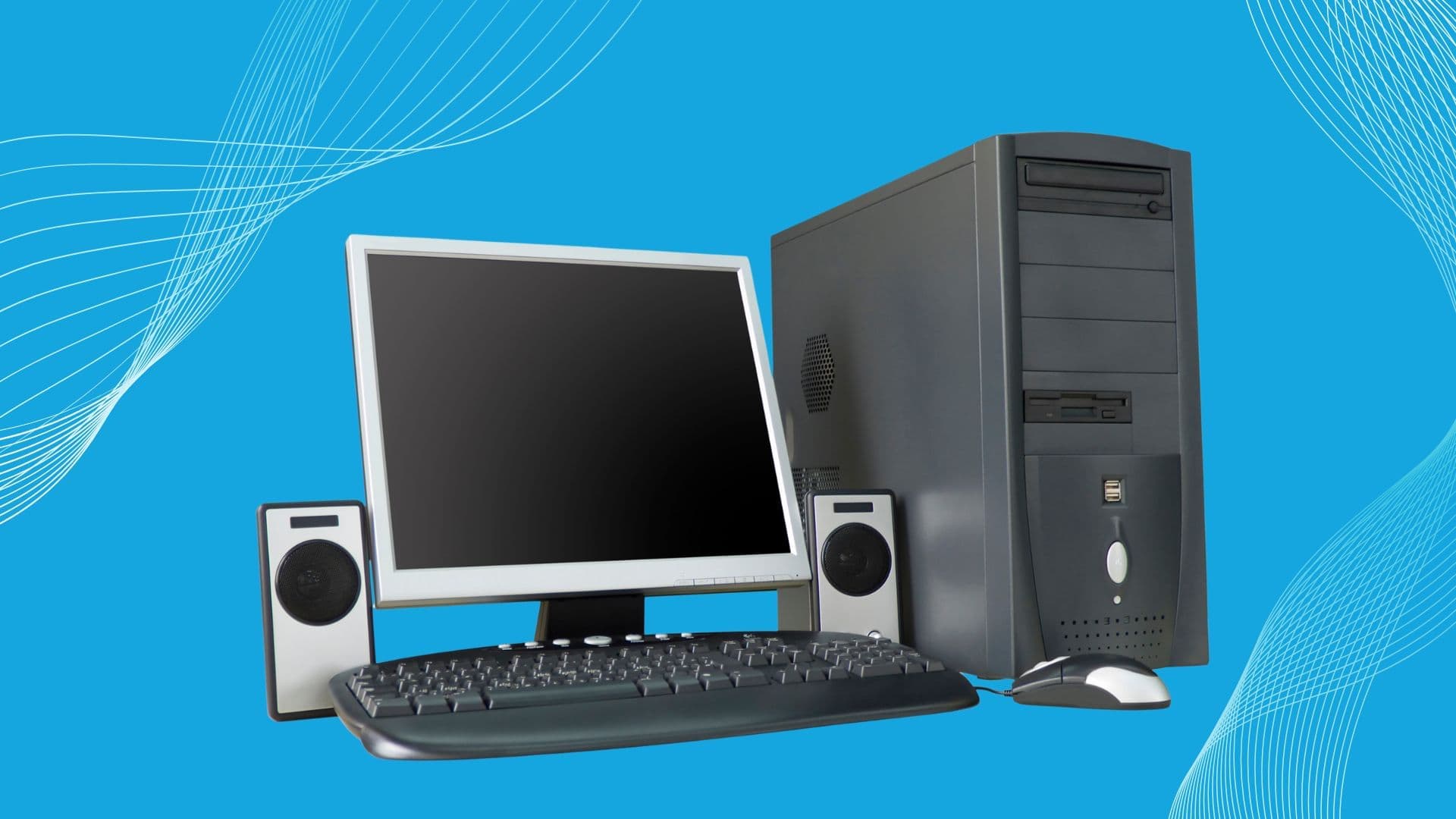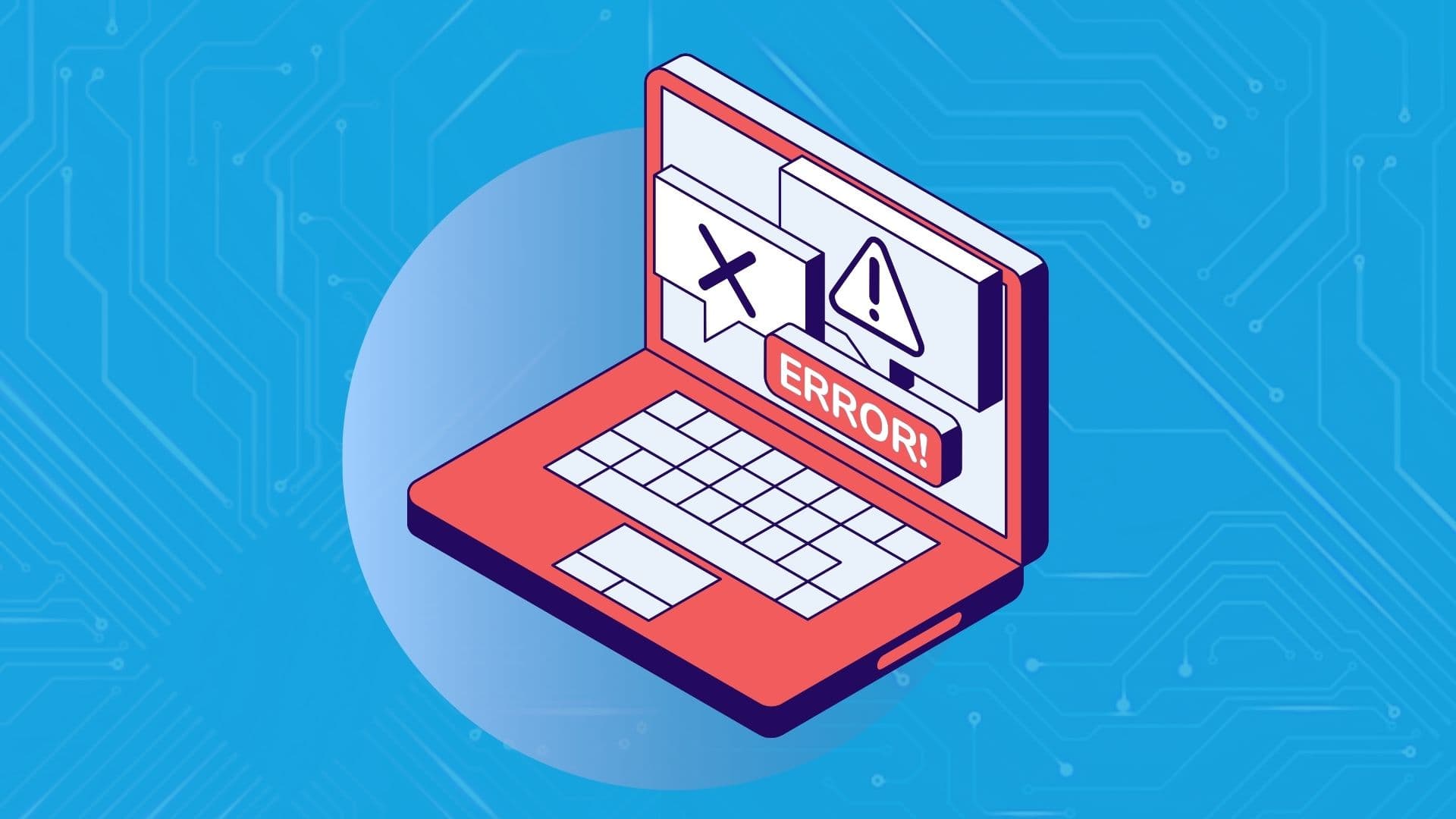
Opening Command Prompt as an administrator is a crucial skill for any user working with either Windows 8 or Windows 10. It is highly relevant to users whose line of work involves advanced system management. Running CMD as an administrator grants permission to execute commands that can change system files, manage disks, and set up network configurations, among others. This holds great practical importance for IT professionals, developers, and anyone needing high-order control over their system. Below, we will explore various ways of opening the Command Prompt as an administrator, and some tips to get more from this utility.

Before getting into the ways of opening Command Prompt as an administrator, let’s briefly explain why anyone would want to do this in the first place. The Command Prompt is a really powerful tool for running advanced system-level commands that can make or break an operating system. A lot of such commands are configured by default to require elevation of privileges, which at least provides some assurance of their safety and correctness.
Running the Command Prompt as a standard user restricts your ability to perform certain tasks, such as creating or modifying user accounts, making changes to protected system files, configuring networks, and managing disk partitions.
Most operating systems lock these away without administrator access, as it’s generally best to avoid system environment changes done accidentally or maliciously. By running the Command Prompt as an administrator, you get full control over the system environment and can run higher functionality, which may be required to keep your system updated, to troubleshoot, or optimize. This is particularly useful when you need to work with system files, configure hardware settings, or manage security options, and therefore this capability is indispensable for many users.
Opening the Command Prompt as an administrator in Windows 8 is quite straightforward, but there are a number of different ways you can do this. Some of the most common methods are listed below.
Using the Start menu: For the quickest, and easiest method of opening the Command Prompt in Windows 8, simply use the Start Menu. Just slide the mouse pointer into the bottom-left corner of your screen and right-click on the Start button. This opens a context menu from which you can then click the Command Prompt–Choose Command Prompt (Admin). Once you click User Account Control–Click Yes in order for the program to run with elevated permissions, you’ll have the Command Prompt open as an administrator.
Using the Search function: Another way to open the Command Prompt as an administrator in Windows 8 involves the use of searching. Simply press the Windows key +S to open the search bar and type in “cmd” or “Command Prompt.” Once the application of Command Prompt has appeared within the search results, right-click on it and select Run as administrator. Again, you’ll be prompted by the UAC, where you can confirm it by clicking Yes.
Using keyboard shortcuts: Those who work predominantly with keyboard shortcuts may find it efficient to open an administrative Command Prompt in Windows 8. Press Windows key+X to bring up a quick-access menu, then select Command Prompt (Admin) from the list. This is one of the fastest ways to get to an elevated Command Prompt in Windows without digging through menus or searching for it by name.
In Windows 10, the process is similar to Windows 8, yet there are subtle differences in how the options are presented. Following are different ways to open the Command Prompt as an administrator in Windows 10.
Using the Start Menu: You can still access an elevated Command Prompt in Windows 10 via the Start menu. Click the Start button and then work your way through the list of installed applications until you get to Windows System. In that folder, you will find the Command Prompt option. Right-click and choose Run as administrator. You will get the standard UAC prompt to confirm you want to open the program with elevated privileges.
Using the Windows Search: The more general approach in Windows 10 is using the Search facility. Click on the search bar beside the Start and type in “cmd” or “Command Prompt.” Right-click on the Command Prompt when it appears in your search results and choose Run as administrator. This is a quick way to find the program and open it with the permissions you need.
Power User Menu: Like Windows 8, the Power User Menu in Windows 10 is opened via Windows key+X. It provides quick access to many of the administrative tools. In fact, Windows PowerShell (Admin) takes Command Prompt’s place in this menu for the newer versions of Windows 10. If your system is updated, you might see PowerShell instead of Command Prompt, but the process will remain the same. Clicking on PowerShell (Admin) opens a similar interface with elevated permissions.
The Command Prompt, when started as an administrator, offers a wide range of tools that will help in better management of your system. However, you must exercise extreme caution, because most of the commands executed could make major changes to your system; therefore, it is very important that you cross-check a command before running it. Besides those, there are a number of other common commands to scan and repair system files: sfc /scannow; anything to do with network configuration, ipconfig; and managing of disks and partitions, diskpart. These are only a few of many powerful commands that require administrator access to run.
Also, it will be helpful to troubleshoot by running a diagnostic command or even adjusting some of the system settings through an elevated Command Prompt. This sorts out more problems than the regular interface does.
Opening an elevated Command Prompt is relatively easy in either Windows 8 or Windows 10, but it’s an important process nonetheless for the advanced user who needs to operate at the system level. With administrator access, you can unlock a range of powerful features that will avail you of advanced control over your Windows system. But with this power comes responsibility, so always ensure you understand the commands you are running and what they may do to your system. Mastering this capability will go a long way toward troubleshooting, optimizing, and generally managing your Windows machine more successfully.

Google is an online technology firm that runs the search engine most widely used globally, commonly known by the same name. The word “Google” is commonly used as a verb meaning “Search for something on the Google search engine.” In its name, the search engine alludes to the enormous number of links it can retrieve. …

Sharing files between computers on a network is essential for home and office environments. If you have a home network with Windows 7 and Windows XP computers, you might want to share files and devices between them. Whether you’re working with Windows 7 or the older Windows XP, both operating systems offer built-in tools to …

People rely on technology now more than ever. A person’s most important files—their photos, their projects, their livelihood—can all lie behind a Windows password. But what happens when that password is lost? How do you access that important data? That’s where Ophcrack can help. Ophcrack is a free, open-source program designed to recover lost Windows …